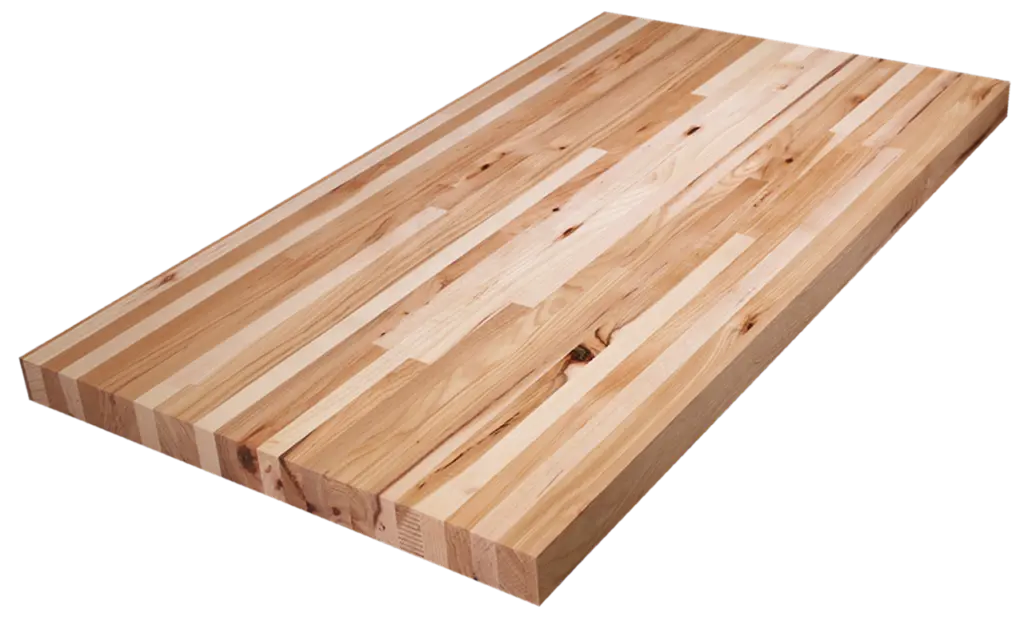<script type="text/javascript" src="http://classic.avantlink.com/affiliate_app_confirm.php?mode=js&authResponse=9b6bf0cdfa89445f2579fad28bd7f73029081317"></script>
Butcher blocks are all about charm and functionality, but they’re also quite the divas when it comes to maintenance. The wood is susceptible to cracking and warping because it’s not just a piece of timber; it’s a living, breathing element that reacts to its surroundings. So, understanding these quirks is the first step in keeping your butcher block happy.
How you treat your butcher block can make a huge difference in how it holds up over time. Changes in humidity or a shift in temperature can cause the wood to expand or contract, leading to all sorts of unpleasantness like splits and warps. Imagine your wooden countertop swelling up like a sponge—it can get messy, literally. Keeping your butcher block in a stable environment is key to avoiding drama.
Seasoning and oiling might sound like something reserved for the kitchen, but it’s vital for your butcher block too. These processes help create a protective layer that locks in the wood’s natural moisture and keeps those nasty cracks at bay. Think of it like a moisturizer for your skin; keep it regular and you’ll see fewer problems down the line.
Daily Maintenance Routine to Preserve Your Butcher Block
Keeping your butcher block in top shape starts with regular cleaning habits. It’s not just about making it look nice, clean surfaces prevent germs and reduce wear. A simple wipe with warm, soapy water after each use works wonders. Just make sure to avoid soaking it, as excessive water is not a friend here.
The magic happens with food-safe oils and conditioners. These products nourish the wood, stop it from drying out, and, guess what, they make your block look brand new. Opt for mineral oil or a specialized butcher block conditioner to keep it nicely hydrated.
And let’s clear up some common cleaning myths. Using harsh chemicals or bleach isn’t just overkill, it can actually damage the wood. Stick to mild, natural cleaning solutions. To disinfect, vinegar and water or lemon juice work great without causing harm.
Got a stubborn stain or food residue? Scrubbing with a paste of baking soda and water should do the trick without being too harsh on the wood. Remember, a gentle approach often gets the best results.
Long-term Strategies for a Crack and Warp-Free Butcher Block
Being proactive about the signs of wear and tear on your butcher block can save you a ton of hassle down the road. Look out for early indicators of damage like small cracks or warps, and tackle them head-on. A light sanding followed by re-oiling often does the trick and can prevent more severe damage from creeping up.
Storage isn’t something most people consider, but it’s just as important. When not in use, place your butcher block in a spot where it won’t face extremes in temperature or moisture. If it’s a movable piece, like a cutting board, store it flat and out of direct sunlight to avoid warping.
For those who’ve invested in their butcher block for the long haul, professional finishing and resurfacing could be the way to go. These processes refresh the wood, keeping it smooth and functional without losing its original charm. They’re a bit of an investment but extend the life of your block significantly.
By adopting these strategies, you’re looking at a butcher block that stays sturdy and beautiful for decades, letting you focus on what really matters: the delicious creations it’ll help you prepare.
Our website contains affiliate links. This means if you click and make a purchase, we may receive a small commission. Don’t worry, there’s no extra cost to you. It’s a simple way you can support our mission to bring you quality content.”
